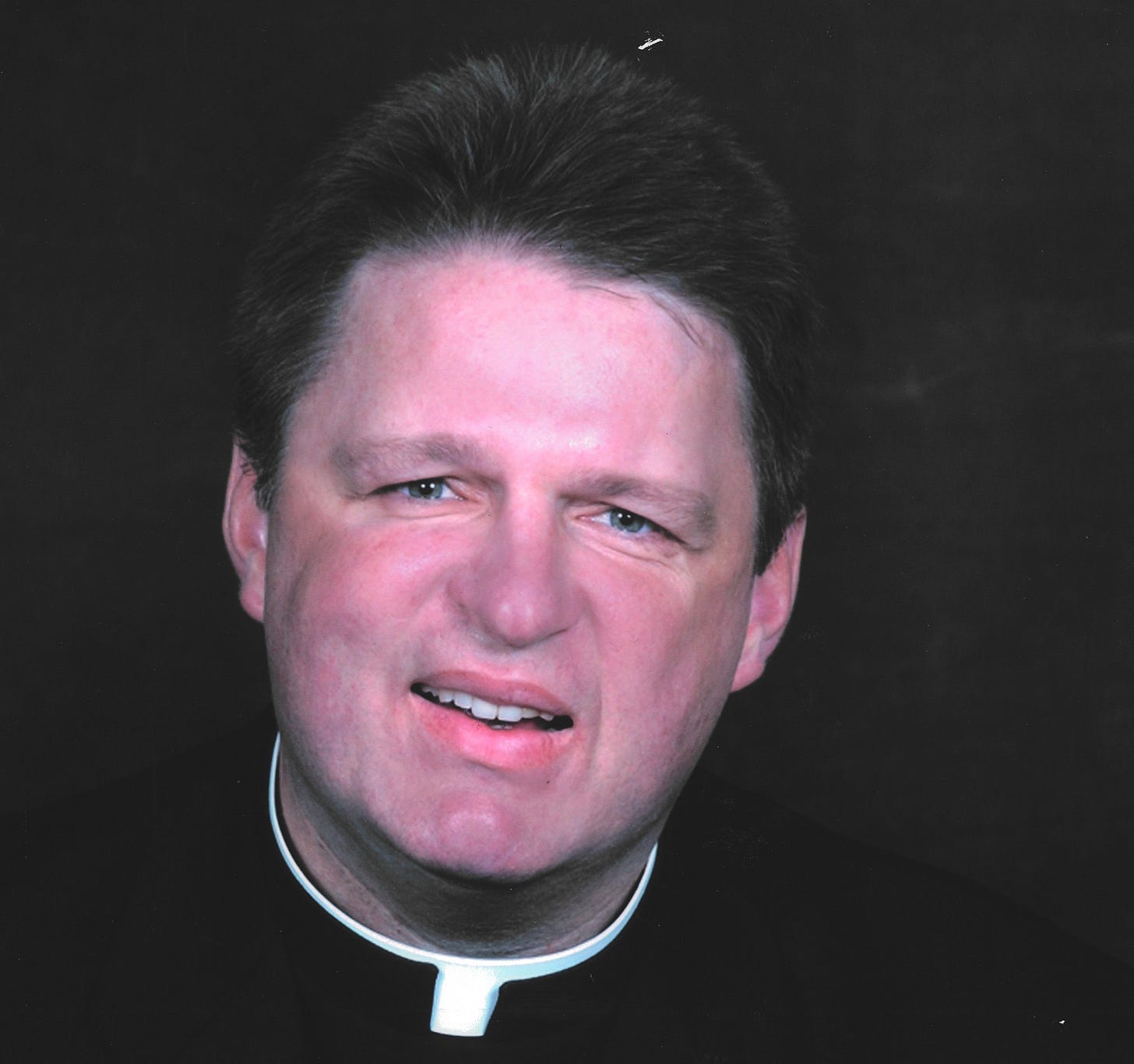Meet Father Stu – the true story, and real priest behind Mark Wahlberg’s new movie
A Pillar longread
“I kept hearing the same message over and over again: ‘There is power in suffering, move him forward.’”
Back in 2007, Bishop George Thomas of Helena wasn’t sure whether to ordain Stuart Long to the priesthood.
Seminary formators had raised red flags about Stu, who had an aggressive and debilitating muscle disord…

